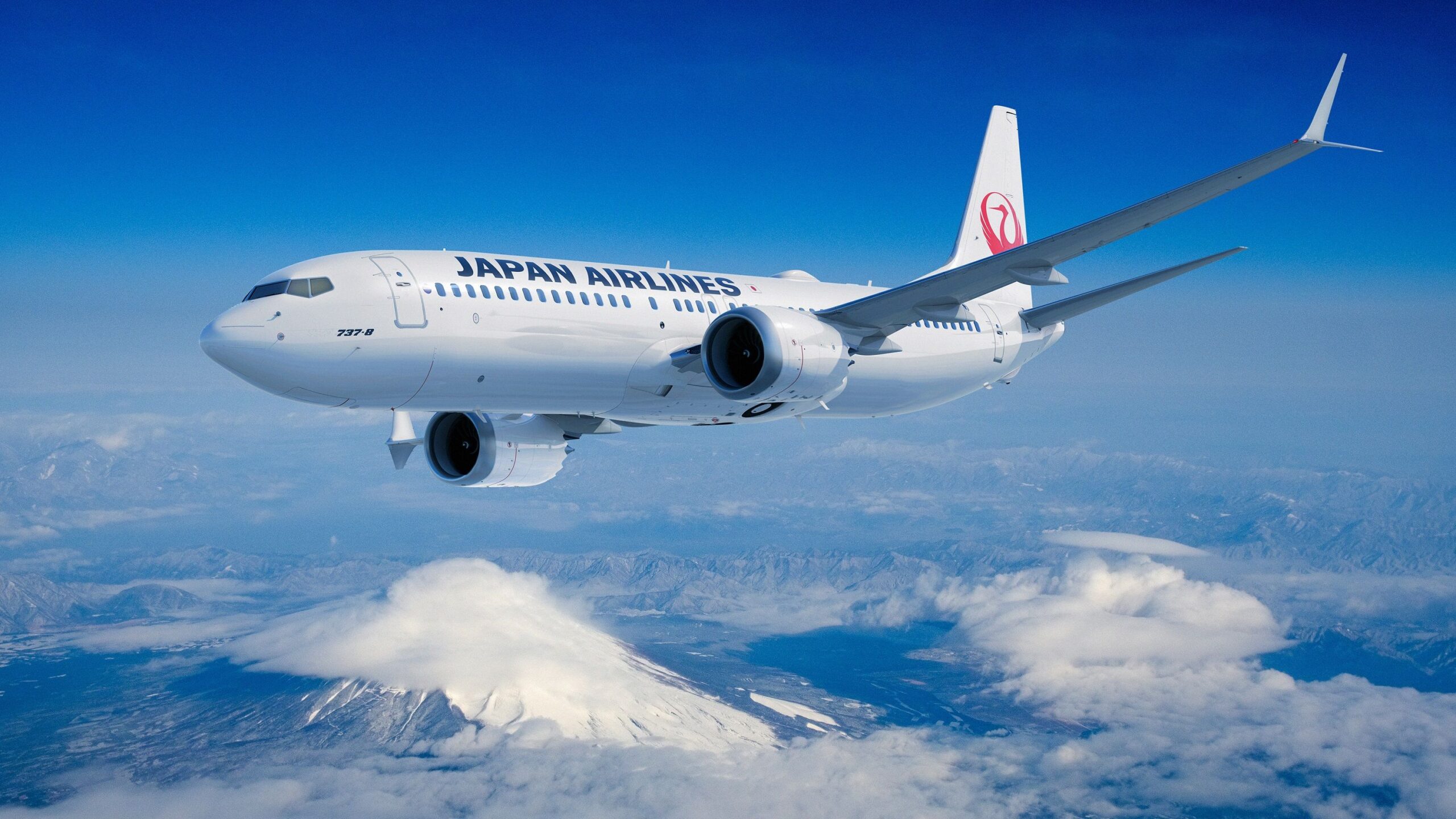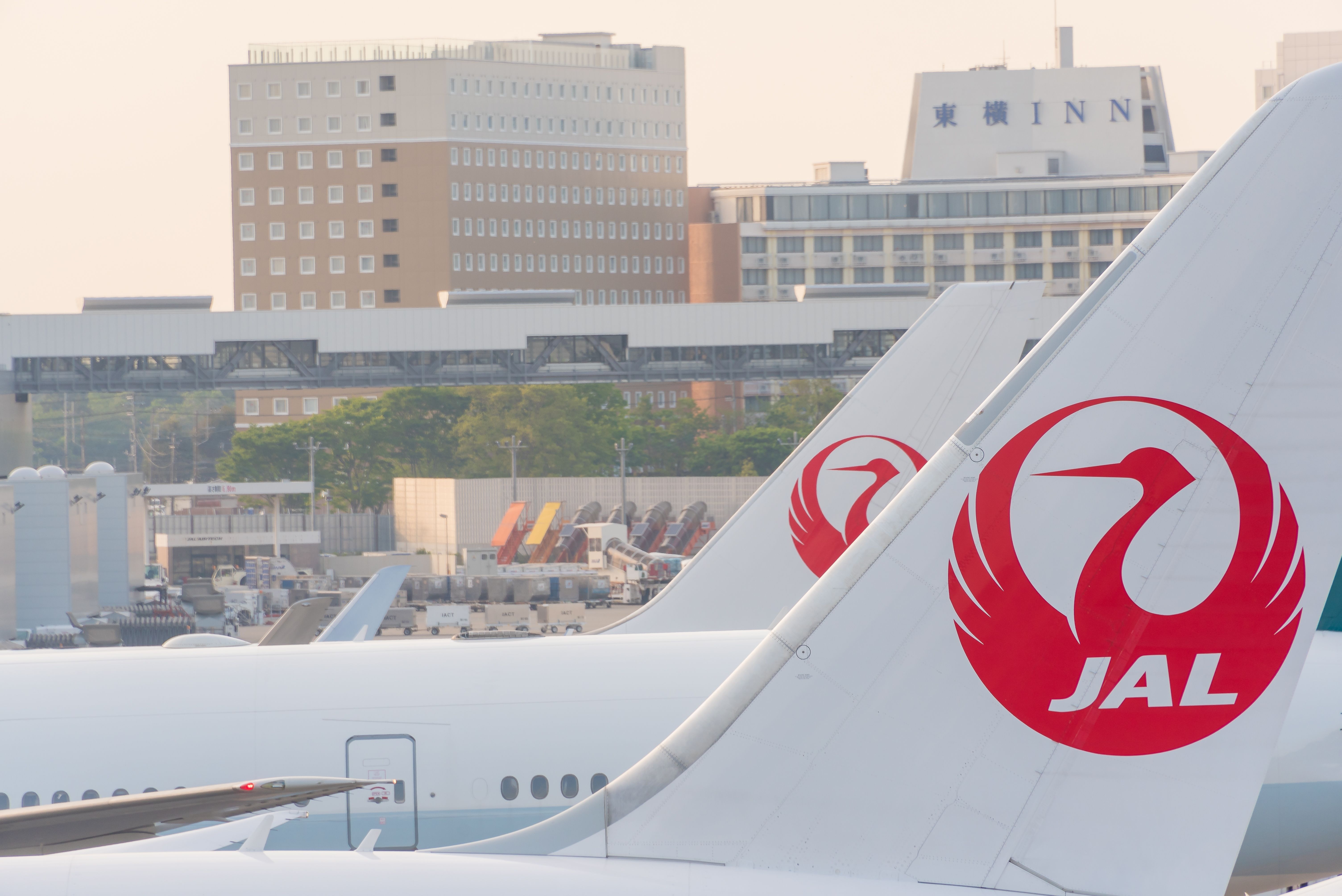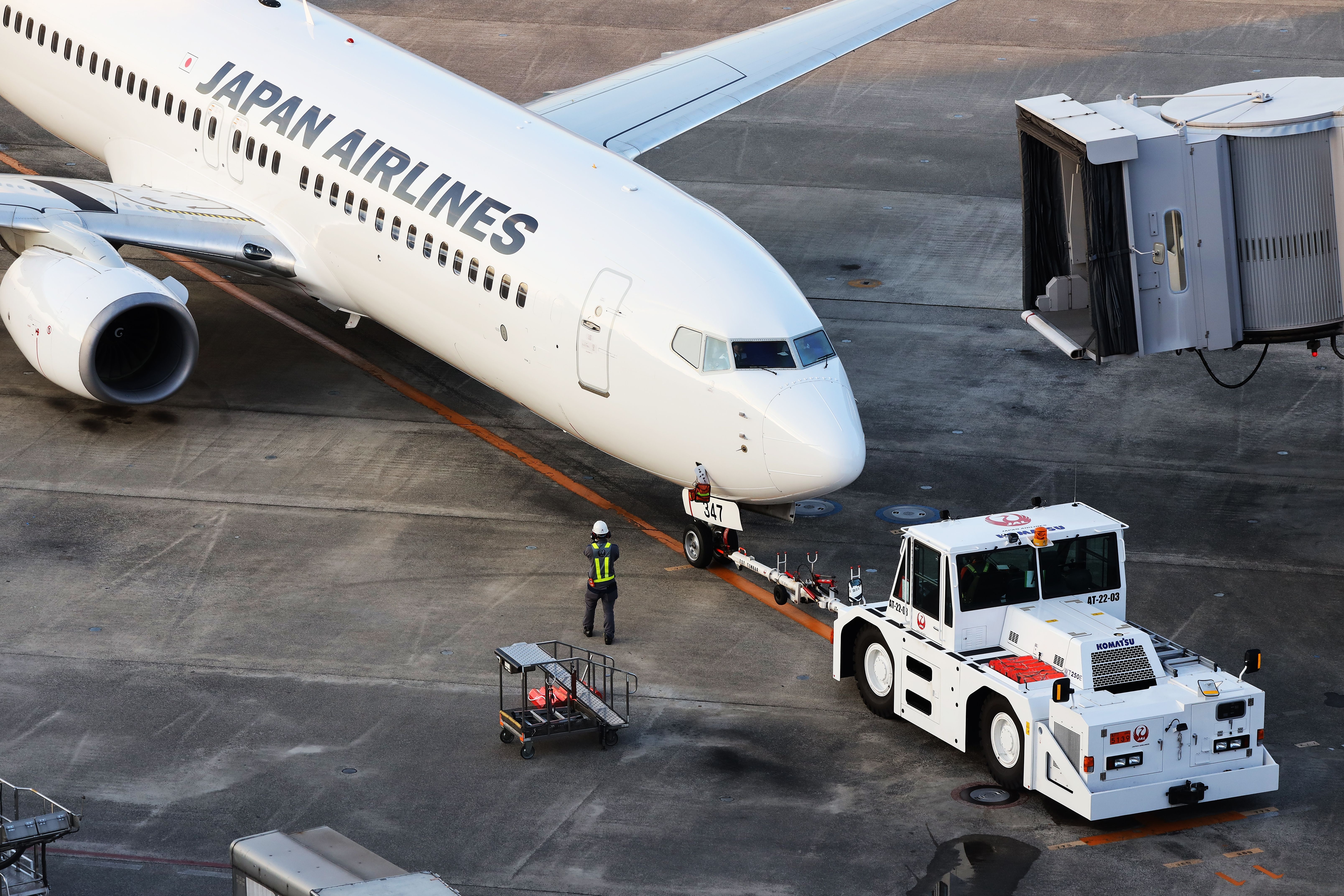As part of its fleet development program, Japan Airlines has finalized an order for more than a dozen Boeing 737 MAX aircraft. The carrier relies heavily on the 737s for most of its short-haul operations and the new order further solidifies its relationship with Boeing for the years to come.
Order finalized
Earlier this month, Japan Airlines
announced its plans to include an additional 17 Boeing 737 MAX 8 aircraft to modernize its fleet. That order has now been finalized. The carrier was already sitting on an order for the MAX planes and the current order nearly doubles its 737 MAX backlog to 38 aircraft.
Japan Airlines is no stranger to the 737, with more than 40 examples of previous-generation planes serving the airline. The advantage of the new-generation models is that they reduce fuel use and carbon emissions by 15% compared to the Next-Generation 737-800s the airline is replacing.
Photo: Wunlop_Worldpix_Exposure | Shutterstock
Mitsuko Tottori, president of Japan Airlines, also acknowledged that the 737 has been the backbone of the Japan Airlines’ fleet for nearly 50 years and that the carrier is excited to continue that flying experience even further. Brad McMullen, Boeing senior vice president of Commercial Sales and Marketing, commented,
“We value our long-standing partnership with Japan Airlines and are honored by their decision to double down on the 737 MAX for the airline’s fleet modernization program. By selecting the 737-8, Japan Airlines will gain operational and economic efficiencies, positioning them for success in the years ahead.”
Reliant workhorse
According to data by ch-aviation, Japan Airlines has 45 Boeing 737-800 airplanes, 39 of which are in active service. These are also among the oldest planes in its fleet, with an average age of almost 15 years.
These aircraft primarily serve Japan’s busy domestic market as well as some international flights, mainly to China and Taiwan. While the 737s operating international routes offer 12 four-abreast business class seats and 132 economy class seats, those that fly on domestic routes are more densely configured, offering 20 (five-abreast) business class seats and 145 economy seats.
Photo: KITTIKUN YOKSAP | Shutterstock
Several factors are considered when an aircraft is selected for a carrier’s future fleet operations. The 737 MAX also fits into Japan Airlines’ future goals because integrating the aircraft into its fleet will be easier, as commonality across the 737 family makes it much more convenient for the carrier.
Japan Airlines first announced the order for the MAX 8 in 2023 when it ordered 21 of the type. These planes are powered by the latest CFM International LEAP-1B engines and offer advanced technology winglets and other aerodynamic enhancements to improve performance.
The 737 MAX is also a quieter plane and has a much smaller noise footprint than the airplanes it is intended to replace. Today, more than 50 airlines globally are operating the 737 MAX planes.
Airbus A321 will arrive, too
While Boeing continues to dominate the Japan Airlines fleet, Airbus is also registering an increasing presence in its operations. Last year,
the airline signed a purchase agreement with Airbus
for 11 Airbus A321neo aircraft, to be introduced for the first time by JAL, and will replace the Boeing 767 aircraft currently operating on domestic routes.
The future Japan Airlines narrowbody fleet is set to become more diverse, with both the 737 and A321s operating its flights. It’ll be interesting to see where Japan Airlines deploys its A321s.
Japan Airlines also uses more than 20 Airbus A350s for long-haul international flights and the 2023 purchase agreement with Airbus also included an additional 20 Airbus A350-900 aircraft. Both the A321 and A350 align with Japan Airlines’ CO2 emission reduction targets. JAL Executive Officer of Procurement, Yukio Nakagawa, commented last year,
“We are delighted to announce the additional introduction of the A350-900 for international routes and the new introduction of the A321neo. By accelerating the introduction of the latest fuel-efficient aircraft, we aim to provide the highest level of service to our customers while advancing our efforts to reduce CO2 emissions.”



